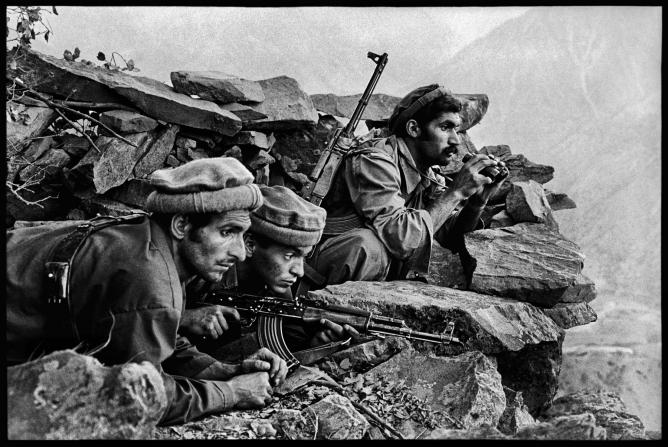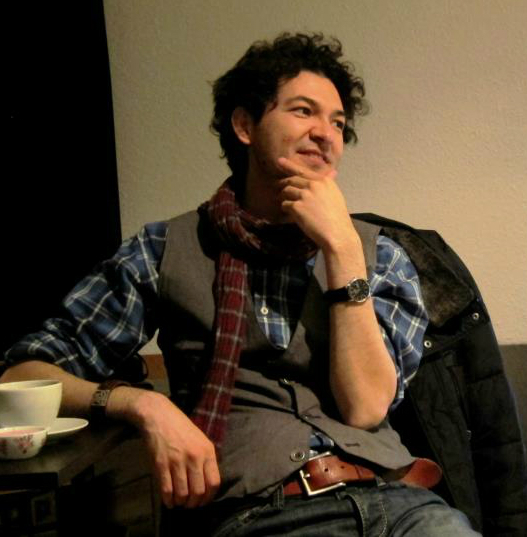
In his presentation, Asef Hossaini discussed the transformation of rural elites among Afghans during the period of Soviet war, with a focus on the impact of the armed conflict on structures of traditional rule. At the beginning, however, he emphasised, that Afghanistan cannot be described as a “tribal society” in general, as in most places tribal structures have long lost their political significance, i.e. their role in organising communities. The only exception in this regard are the Pashtuns.
Hossaini showed how the war in the countryside changed the traditional structures among Afghan people. While before, the social order had been based on the triangle between landlords, clerics and villagers, the war brought about fighters (traditional Mujahedin) as a new powerful player. In the course of the events, however, an elite of Mujahedin fighters emerged, but not from within the group of traditional Mujahedin. Instead lead was taken by groups of newcomers who were well-financed, well-organised, familiar with politics, had fighting experiences and were Muslim scholars. Many of these new influential groups were formed not within Afghanistan, but in the diaspora.
He then discussed evidence for the transformation of life in the public as well as in the private sphere in response to the armed conflict. Hossaini emphasised that neither the concept of voluntary support, nor the one of force is sufficient to capture the complex relationship between armed groups and the civilian population. He referred for example to the increasing recruitment of child soldiers. He argued that the latter has to be understood against the background of conscription regulations under Soviet rule, which decreed military service for all Afghans. The fear of being marginalised in the community for supporting the foreign rulers, many families opted for sending their boys away to the Mujahedin. Widespread poverty among rural populations, which made parents struggled to sustain their children, added to this dynamics.
Written and posted on 30 Nov. 2012 byTeresa Koloma Beck
Read 436 times

